Eco-Friendly Drywood Termite Removal: Safe & Effective Treatments
Drywood termites, though not water-dependent, cause extensive structural damage to wooden structures…….
Understanding Drywood Termites Removal Services
Drywood termites, a species of wood-boring insects, are known for infesting wooden structures without the need for soil contact, unlike their subterranean counterparts. Their presence can cause significant damage to homes and buildings, making their removal crucial for property preservation. Drywood termite removal services encompass a range of strategies and techniques designed to detect, eliminate, and prevent these pests. These services involve inspecting for signs of infestation, setting up monitoring devices, baiting systems, or employing direct treatment methods such as fumigation with sulfuryl fluoride (Vikane) gas or localized treatments using less hazardous materials. The historical context of these services dates back to the early 20th century when the first effective chemical treatments were developed. Over time, the industry has evolved to incorporate eco-friendly and minimally invasive methods, reflecting a broader trend towards sustainable pest management practices.
Global Impact and Trends
The impact of drywood termite removal services is felt worldwide, as these pests are found on every continent except Antarctica. The global spread of drywood termites has necessitated the development of tailored removal strategies for different climates and ecosystems. In tropical regions, where drywood termites are particularly abundant, the impact is more pronounced. Key trends in this industry include the rise of integrated pest management (IPM) approaches, which focus on a combination of monitoring, maintenance, and control strategies to ensure long-term sustainability. The use of non-toxic materials and green practices is also on the rise, reflecting a global shift towards environmentally friendly pest control methods.
Economic Considerations
The economic implications of drywood termite infestation and removal services are significant. In the United States alone, the cost of termite damage and control measures is estimated to be around $5 billion annually. The market for these services is driven by factors such as housing density, building material availability, and climate conditions. Investment in research and development of new control methods continues to grow, with a focus on developing more effective, less harmful treatments that can reduce the economic burden on homeowners and businesses alike. The role of drywood termite removal services within economic systems is multifaceted, affecting construction costs, insurance rates, and the overall real estate market.
Technological Advancements
Technological advancements have played a pivotal role in enhancing the efficiency and effectiveness of drywood termite removal services. Innovations such as advanced detection devices, improved baiting systems, and thermal remediation techniques have been developed. These technologies not only offer more targeted treatments but also minimize the environmental impact. The future potential of these advancements lies in the development of smart monitoring systems, genetic engineering to create termite-resistant wood, and biopesticides that are both effective and safe for the environment.
Policy and Regulation
The policies and regulations governing drywood termite removal services are diverse, reflecting the global nature of this issue. In the U.S., the Environmental Protection Agency (EPA) regulates the use of pesticides, ensuring that treatments are safe for humans, pets, and the environment. International bodies such as the Food and Agriculture Organization (FAO) and the World Health Organization (WHO) provide guidelines and recommendations for effective termite management while promoting sustainable practices. These frameworks are critical in guiding the industry towards responsible operations and ensuring public health and safety.
Challenges and Criticisms
Drywood termite removal services face several challenges, including resistance to traditional pesticides, the need for effective alternatives for sensitive environments, and the logistical complexity of treating structures in urban areas. Criticisms often center around the potential for chemical treatments to harm non-target species or contribute to broader environmental issues. To overcome these challenges, the industry is investing in research and development of new treatment methods, public education campaigns to raise awareness about termite prevention, and partnerships with academic institutions to improve detection and control technologies.
Case Studies
Several case studies exemplify the successful application of drywood termite removal services. In Hawaii, where drywood termites are a significant threat to historic structures, a combination of localized treatments and routine inspections has effectively managed infestations without compromising the integrity of cultural heritage sites. Another example is the integration of real-time monitoring devices in coastal California homes, which has significantly reduced the prevalence of termite activity. These case studies underscore the importance of tailored approaches and the benefits of ongoing maintenance.
Future Prospects
The future prospects for drywood termite removal services are bright, with continued advancements in sustainable and effective treatment options. The industry is likely to see a rise in demand for green solutions as awareness of the environmental impact of traditional pest control methods grows. Innovations such as biological control agents and improved detection technologies will play a crucial role in shaping the future of termite management. Additionally, the integration of predictive analytics into pest control strategies could lead to more proactive and less invasive treatments.
Conclusion
Drywood termite removal services are an essential component of building preservation and environmental stewardship. The industry’s evolution from chemical-heavy treatments to sustainable practices reflects a broader trend towards responsible pest management. As technology advances and public awareness increases, the future of drywood termite control promises to be more effective, less invasive, and increasingly attuned to the health of our planet.
FAQs
What are drywood termites?
Drywood termites are wood-eating insects that live entirely within the wood they infest. They are different from subterranean termites, which require contact with soil moisture to survive.
How do drywood termite removal services protect the environment?
Services now often use less toxic materials, promote integrated pest management strategies, and encourage the use of sustainable materials and practices to minimize environmental impact.
What are some eco-friendly treatments for drywood termites?
Eco-friendly treatments include baiting systems, freezing methods, microwave treatment, and the use of natural enemies that can control termite populations without harmful chemicals.
How much does it cost to treat a home for drywood termites?
The cost can vary widely depending on the severity of the infestation, the size of the structure, and the chosen treatment method. Prices range from a few hundred to several thousand dollars.
Are there any preventive measures homeowners can take against drywood termites?
Yes, homeowners can regularly inspect their homes for signs of infestation, maintain proper ventilation in attics and crawl spaces, store wood away from the house, and remove dead trees or branches that could serve as a food source for termites.
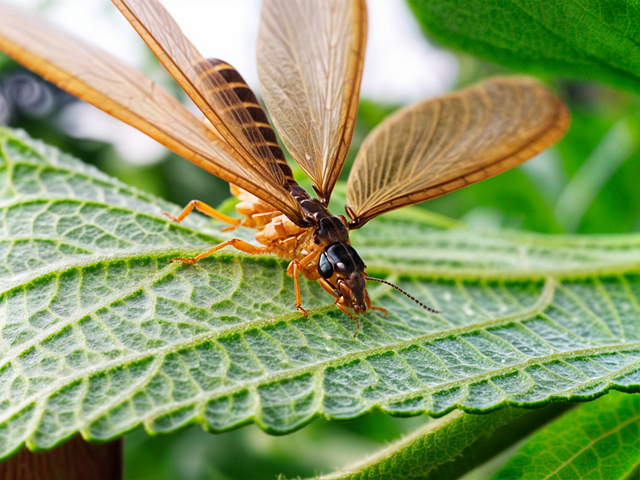
Drywood termites, though not water-dependent, cause extensive structural damage to wooden structures…….

In regions with drywood termites, urgent infestations require swift action for minimal structural da…….
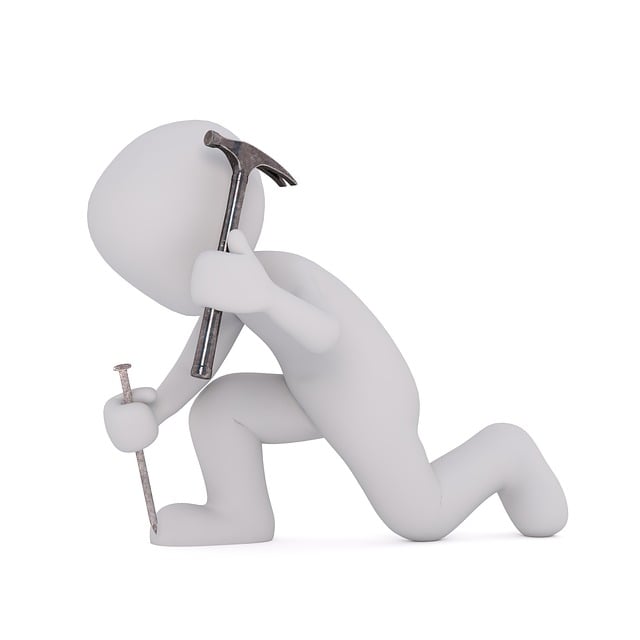
Drywood termites, a warm-weather pest, infiltrate homes through wooden components in contact with in…….
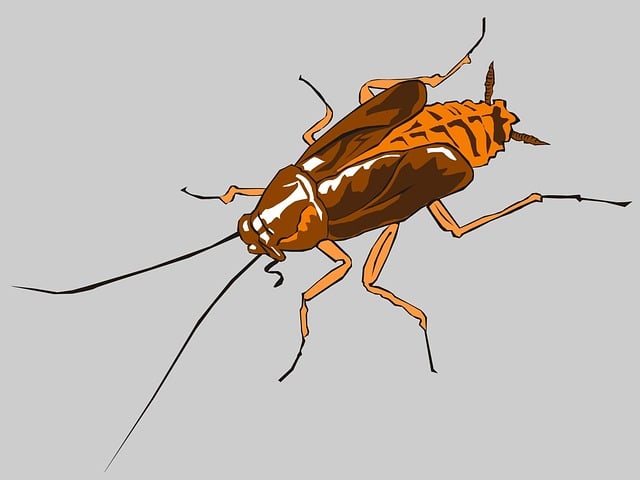
Commercial termite control services address severe infestations in businesses using advanced techniq…….
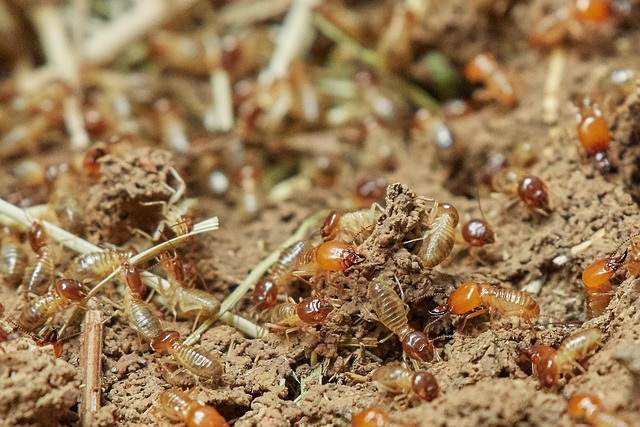
Drywood termites, with their unique behavior and effective communication system, pose significant st…….
![[ … per … ein … [ … … ein …. { … die Parallel […] ein … … ein … … … [ … … … der Zeit. … n … [ … … … … … … … eine brete … … [ … … … … … … … … … … [ … … … … … … … … … … … … … … … … … … … … … … … … … … … … … … …](https://trustedstandard.com/wp-content/uploads/2025/06/drywood-termite-termite-640x480-76680948.jpeg)
This text provides a comprehensive guide to combating drywood termites, emphasizing early detection…….

Severe termite infestations pose significant risks, but professional commercial termite control serv…….
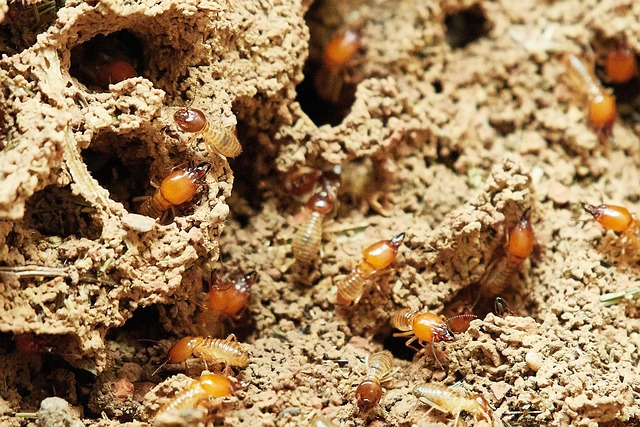
Drywood termites, common in warmer regions, are subtle yet destructive pests that feed on cellulose…….
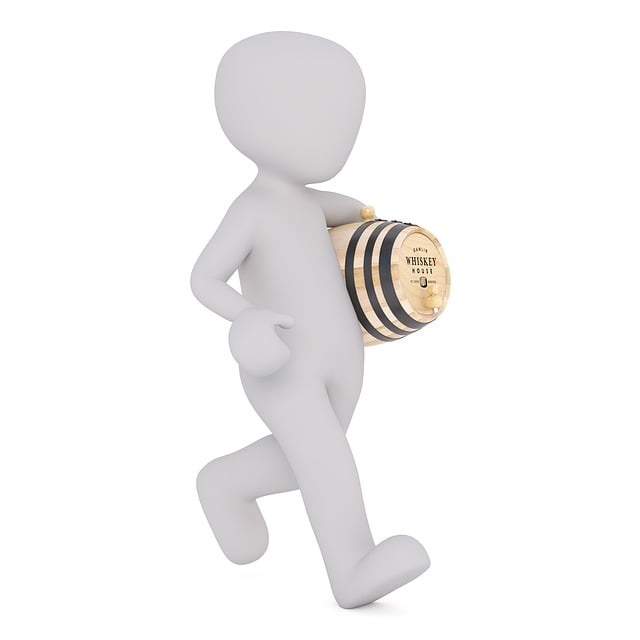
Long-term drywood termite prevention involves a strategic combination of tailored plans, physical ba…….

Drywood termites, measuring just 1/8 inch, infest dry wood instead of soil, causing significant dama…….